Introduction to Red Reishi Mushroom
Red Reishi mushroom (Ganoderma lucidum) stands at the pinnacle of medicinal fungi, revered for thousands of years as the "mushroom of immortality" and the "divine mushroom of longevity." This distinctive fungus, characterized by its glossy reddish-brown cap with a kidney-shaped appearance, has been treasured in traditional Eastern medicine systems for its remarkable health-promoting properties. While several varieties of Reishi exist, the red variety is widely considered the most potent and therapeutically valuable.
Unlike many medicinal mushrooms that serve both culinary and medicinal purposes, Red Reishi is prized exclusively for its health benefits. Its naturally woody texture and intensely bitter taste make it unsuitable for cuisine, but these same characteristics signal the presence of powerful bioactive compounds that contribute to its impressive array of health benefits. In ancient China, Red Reishi was so valued that it was reserved primarily for emperors and nobility, reflecting both its rarity in nature and its esteemed medicinal status.
Today, advances in cultivation techniques have made Red Reishi more accessible to the general public, allowing its traditional benefits to be explored and validated by modern scientific research. Available in various forms including powders, extracts, tinctures, and capsules, Red Reishi has transitioned from an obscure traditional remedy to a prominent adaptogenic supplement embraced by health enthusiasts worldwide. As interest in natural wellness solutions continues to grow, understanding the specific properties and benefits of Red Reishi mushroom can help consumers make informed choices about incorporating this remarkable fungus into their health regimens.

What Makes Red Reishi Unique
Red Reishi possesses several distinctive characteristics that set it apart from other medicinal mushrooms and even other Reishi varieties.
Red Reishi vs. Other Reishi Varieties
Several types of Reishi mushrooms exist, each with unique properties:
-
Red Reishi (Ganoderma lucidum): The most studied and traditionally revered variety, characterized by its reddish-brown color and kidney-shaped cap. Considered the most potent for medicinal purposes, with the highest concentration of certain triterpenes.
-
Purple Reishi (Ganoderma sinense): Similar in appearance to Red Reishi but with a purple-black coloration. Used in traditional Chinese medicine but less extensively studied than Red Reishi.
-
Black Reishi (Ganoderma sinense): Sometimes confused with Purple Reishi, it has darker coloration and slightly different compound profiles. Often used as a substitute for Red Reishi in some traditional formulations.
-
Yellow Reishi (Ganoderma curtisii): Found primarily in North America, with a yellow to orange coloration. Contains some similar compounds to Red Reishi but in different proportions.
-
White Reishi (Ganoderma applanatum): Also known as the Artist's Conk, it has different growing patterns and a somewhat different compound profile than Red Reishi.
Among these varieties, Red Reishi is consistently identified as having the highest concentration of beneficial compounds and the strongest research support for therapeutic applications.
Distinctive Physical Characteristics
Red Reishi can be identified by several key physical attributes:
- Color: Rich reddish-brown to mahogany coloration, often with zones of varying shades
- Surface: Shiny, lacquered appearance that appears varnished or polished
- Shape: Kidney or fan-shaped cap with a lateral stem (or sometimes no stem in older specimens)
- Texture: Woody and tough, becoming increasingly hard as the mushroom matures
- Underside: White to light brown pore surface rather than gills
- Growth pattern: Typically grows on hardwood trees, particularly maples and oaks
These distinctive characteristics have made Red Reishi recognizable and revered throughout history, appearing in ancient art and literature as a symbol of health and longevity.
Chemical Composition Highlights
Red Reishi's therapeutic value stems from its unique biochemical profile:
- Higher triterpene content: Red Reishi typically contains more ganoderic and lucidenic acids than other varieties
- Balanced polysaccharide profile: Contains beta-glucans with specific molecular structures that influence immune function
- Unique sterol composition: Contains ergosterol and other fungal sterols that may contribute to its benefits
- Adenosine content: Higher levels than many other mushroom varieties, potentially contributing to its cardiovascular benefits
- Antioxidant compounds: Contains a distinctive profile of antioxidant molecules that help combat oxidative stress
This specific chemical composition explains why Red Reishi has been preferred over other varieties in traditional medicine systems and continues to be the focus of most scientific research on Reishi mushrooms.
Historical Use and Cultural Significance
The rich historical background of Red Reishi provides important context for understanding its esteemed position in traditional medicine systems.
Ancient Chinese Medicine
Red Reishi's documented use spans millennia:
- First mentioned in the Shennong Ben Cao Jing (The Divine Farmer's Materia Medica), one of the oldest Chinese pharmacopeias dating back to approximately 200 BCE
- Classified among the "superior herbs" in traditional Chinese medicine—a category reserved for substances believed to promote longevity and cause no side effects with long-term use
- Associated with the "three treasures" in Chinese medicine: jing (essence), qi (vital energy), and shen (spirit)
- Prescribed by imperial physicians for various conditions including insomnia, fatigue, respiratory issues, and heart palpitations
- Featured prominently in the Ben Cao Gang Mu (Compendium of Materia Medica) by Li Shizhen during the Ming Dynasty
These historical applications laid the groundwork for many of the benefits still associated with Red Reishi today.
Taoist Traditions and Spiritual Practices
Beyond physical healing, Red Reishi held significance in spiritual practices:
- Taoist monks valued Red Reishi for its perceived ability to promote spiritual awareness and centeredness
- Incorporated into meditation practices to enhance focus and spiritual connection
- Believed to balance yin and yang energies within the body
- Associated with the attainment of spiritual immortality and enlightenment
- Used in alchemical preparations aimed at longevity and spiritual transformation
This spiritual dimension reflects Red Reishi's traditional role not just as medicine for the body but also as nourishment for the spirit.
Symbolism in Art and Literature
Red Reishi's cultural importance extended into artistic representations:
- Depicted in ancient Chinese art as a symbol of good fortune, divine power, and longevity
- Featured in the iconography of Daoist immortals and deities
- Appearing in classical poetry and literature as a metaphor for rare good fortune
- Carved into furniture, architecture, and ceremonial objects as a blessing for long life
- Represented in traditional paintings, often alongside other symbols of longevity such as cranes and pine trees
These artistic representations reflect Red Reishi's status not just as medicine but as a powerful cultural symbol of humanity's quest for optimal health and longevity.
Bioactive Compounds in Red Reishi Mushroom
Red Reishi's therapeutic properties stem from its rich array of bioactive compounds, each contributing unique benefits to overall health.
Triterpenes Profile
These bitter compounds are among the most studied components in Red Reishi:
-
Ganoderic acids: Over 150 different ganoderic acids have been identified, with structures unique to Ganoderma species. These compounds demonstrate hepatoprotective, anti-inflammatory, and antioxidant properties.
-
Lucidenic acids: Similar in structure to ganoderic acids but with different biological activities, including potential anticancer and anti-inflammatory effects.
-
Ganoderenic acids: Another group of triterpenes that contribute to Red Reishi's bitter taste and medicinal properties.
-
Ganoderiols: Triterpene alcohols that may help regulate blood pressure and other cardiovascular functions.
-
Ganodermanontriol: A triterpene that has shown potential anticancer activities in laboratory studies.
The triterpene content is particularly high in the red variety of Reishi, contributing to its reputation as the most potent medicinal form.
Polysaccharides and Beta-Glucans
Complex carbohydrate structures with powerful immune-modulating effects:
-
Beta-D-glucans: These complex sugars interact with immune receptors to enhance natural killer cell activity and modulate immune function. The specific structure of beta-glucans in Red Reishi contributes to their biological activity.
-
Heteropolysaccharides: Complex polysaccharides containing various sugar molecules that help modulate both innate and adaptive immune responses.
-
Glycoproteins: Compounds that combine carbohydrate and protein components for enhanced biological activity.
-
Water-soluble polysaccharides: These compounds contribute significantly to Red Reishi's immunomodulatory properties.
-
Proteoglycans: Special compounds where proteins are covalently linked to glycosaminoglycans, contributing to immune regulation.
These polysaccharides work synergistically with other compounds to create Red Reishi's comprehensive health benefits.
Proteins and Peptides
Red Reishi contains various proteins with significant biological activity:
-
Ling Zhi-8 (LZ-8): An immunomodulatory protein unique to Reishi that has shown promise in regulating immune responses and potentially benefiting autoimmune conditions.
-
Lectins: Proteins that bind to specific carbohydrates and may influence immune function and cell-to-cell interactions.
-
Proteases: Enzymes that break down proteins and may contribute to improved digestion.
-
Bioactive peptides: Short chains of amino acids with various biological functions, including antioxidant capabilities.
-
Immunomodulatory proteins: Various proteins that help regulate and balance immune system function.
These protein components complement the other bioactive compounds to create Red Reishi's comprehensive health profile.
Other Beneficial Compounds
Additional beneficial substances found in Red Reishi:
-
Sterols: Including ergosterol (provitamin D2) and other fungal sterols that may help regulate cholesterol metabolism.
-
Nucleosides: Including adenosine, which may contribute to Red Reishi's cardiovascular benefits.
-
Alkaloids: Compounds containing nitrogen that demonstrate various biological activities.
-
Organic germanium: A trace element that may enhance oxygen utilization in the body.
-
Trace minerals: Including selenium, zinc, and copper, which act as cofactors for various enzymatic reactions.
-
Dietary fiber: Both soluble and insoluble fibers that support digestive health.
This diverse array of compounds creates a synergistic effect that likely explains Red Reishi's wide-ranging health benefits.
Health Benefits of Red Reishi Mushroom
Modern research has validated many traditional uses of Red Reishi mushroom, providing scientific evidence for various health benefits.
Immune System Modulation
One of Red Reishi's most well-documented benefits is its balanced effect on immune function:
-
Enhances innate immunity: Studies show Red Reishi polysaccharides can activate macrophages, natural killer cells, and other components of the innate immune system.
-
Regulates adaptive immunity: Research indicates Red Reishi can influence T-cell and B-cell function, helping to balance immune responses.
-
Modulates inflammation: Contains compounds that help regulate inflammatory cytokines, potentially beneficial for both acute and chronic inflammatory conditions.
-
Seasonal immune support: Many users report fewer seasonal immune challenges when taking Red Reishi regularly.
-
Long-term immune balance: Unlike some immune stimulants, Red Reishi appears to help normalize immune function rather than simply boosting it, making it suitable for long-term use.
This immunomodulatory effect makes Red Reishi particularly valuable during seasonal transitions or periods of increased immune stress.
Adaptogenic Stress Support
As a powerful adaptogen, Red Reishi helps the body respond more effectively to various stressors:
-
Cortisol regulation: Studies suggest Red Reishi may help normalize cortisol levels, potentially reducing the physiological impact of stress.
-
HPA axis support: Research indicates potential benefits for the hypothalamic-pituitary-adrenal axis, which regulates stress responses.
-
Mental resilience: Traditional use for "calming the mind" is supported by preliminary studies showing improved stress tolerance.
-
Physical stress resistance: Research shows improved markers of physical stress resistance after Red Reishi supplementation.
-
Energy balance: Many users report more stable energy levels without the stimulant effects of caffeine or other stimulants.
These adaptogenic properties make Red Reishi particularly valuable in our high-stress modern environment.
Cardiovascular Support
Research supports Red Reishi's traditional use for heart health:
-
Cholesterol modulation: Studies show Red Reishi may help improve lipid profiles by reducing LDL cholesterol while maintaining or increasing HDL cholesterol.
-
Blood pressure regulation: Research indicates triterpenes in Red Reishi may help maintain healthy blood pressure levels in some individuals.
-
Improved circulation: Studies suggest Red Reishi may enhance blood flow and oxygen delivery.
-
Antioxidant protection: Contains compounds that help protect blood vessels from oxidative damage.
-
Heart rhythm support: Traditional use for "calming heart palpitations" has some preliminary scientific support.
These cardiovascular benefits align with Red Reishi's traditional reputation for supporting longevity and vitality.
Liver Protection
The hepatoprotective effects of Red Reishi have been documented in various studies:
-
Cell protection: Research shows Red Reishi extracts may help protect liver cells from various toxins.
-
Detoxification support: Studies indicate support for the liver's natural detoxification processes.
-
Reduced inflammation: Research suggests Red Reishi may help reduce inflammatory markers in liver tissue.
-
Potential for fatty liver: Preliminary studies show promise for those with non-alcoholic fatty liver conditions.
-
Regenerative support: Some research indicates Red Reishi may support the liver's natural regenerative capacity.
This liver support makes Red Reishi particularly valuable in our modern world with its many environmental toxins.
Sleep and Relaxation
Both traditional use and modern research suggest Red Reishi may benefit sleep quality:
-
Sleep duration: Studies have found Red Reishi extract extended sleep time in experimental models.
-
Sleep quality: Many users report deeper, more restorative sleep with regular Red Reishi use.
-
Natural relaxation: Unlike pharmaceutical sleep aids, Red Reishi appears to promote relaxation without causing dependency.
-
Dream enhancement: Traditional claims of "spirit-calming" effects and enhanced dreaming have anecdotal support from many users.
-
Circadian rhythm support: Some research suggests Red Reishi may help regulate sleep-wake cycles when used consistently.
Many users report improved sleep quality with regular Red Reishi consumption, particularly when taken in the evening.
Cognitive Support
Emerging research suggests potential benefits for brain health:
-
Neuroprotection: Studies indicate Red Reishi compounds may help protect neurons from oxidative damage.
-
Cognitive function: Traditional use for "sharpening the mind" has some preliminary scientific support.
-
Mood regulation: Some users report improved mood stability with regular Red Reishi use.
-
Mental clarity: The adaptogenic properties may indirectly support cognitive function by reducing the mental fog associated with stress.
-
Long-term brain health: Antioxidant and anti-inflammatory properties may support brain health with aging.
While more research is needed, these cognitive benefits represent an exciting area of emerging Red Reishi research.

Cultivation and Harvesting of Red Reishi
Understanding how Red Reishi is grown and harvested provides insight into product quality and sustainability.
Traditional Wild Harvesting
Historically, Red Reishi was collected from forests:
-
Natural habitat: Wild Red Reishi typically grows on hardwood trees, particularly maples, oaks, and plums.
-
Rarity in nature: The mushroom's scarcity contributed to its legendary status, as finding wild specimens was considered fortunate.
-
Seasonal collection: Traditionally harvested during specific seasons when the fruiting bodies reach maturity.
-
Regional variations: Wild Red Reishi from different geographical regions may have slightly different compound profiles.
-
Sustainability concerns: Wild harvesting has become less common due to sustainability issues and inconsistent quality.
While wild Red Reishi is still harvested in some regions, most commercial products now use cultivated sources.
Modern Cultivation Methods
Several techniques are now employed to grow Red Reishi:
-
Log cultivation: Inoculating hardwood logs with Red Reishi spores or mycelium, which most closely mimics natural growth conditions.
-
Sawdust substrate: Growing on a mixture of hardwood sawdust and supplements, the most common commercial method.
-
Controlled environment chambers: Growing in humidity and temperature-controlled rooms to optimize yield and quality.
-
Liquid fermentation: Growing Red Reishi mycelium in a liquid nutrient medium (less common for whole fruiting body products).
-
Agricultural waste utilization: Some growers use agricultural byproducts like cotton seed hulls or grain husks as growing substrates.
These cultivation methods have made Red Reishi more accessible while allowing for standardization of growing conditions.
Harvesting and Processing
After cultivation, Red Reishi undergoes several processing steps:
-
Harvesting timing: Mature Red Reishi fruiting bodies are harvested when they reach optimal size and compound profile, typically 3-6 months after inoculation.
-
Cleaning: Removing any substrate material or impurities from the harvested mushrooms.
-
Drying: Using controlled temperature to preserve bioactive compounds while removing moisture.
-
Extraction (for extract products): Using water, alcohol, or both to concentrate beneficial compounds.
-
Processing: Depending on the final product form - grinding for powders, encapsulating for supplements, or preparing for tinctures.
-
Testing: Quality products undergo testing for potency and purity before packaging.
Each step in this process influences the quality and potency of the final Red Reishi product.
Sustainable Practices
Responsible production of Red Reishi includes:
-
Organic cultivation: Growing without synthetic pesticides or fertilizers.
-
Resource efficiency: Minimizing water and energy use in cultivation facilities.
-
Waste reduction: Composting spent substrates or repurposing them for agricultural use.
-
Ethical wild harvesting: When wild harvesting is done, leaving sufficient specimens to ensure population sustainability.
-
Genetic diversity: Maintaining diverse mushroom strains rather than relying on limited genetics.
These sustainable practices help ensure Red Reishi remains available for future generations while minimizing environmental impact.
Forms and Preparations of Red Reishi
Red Reishi is available in various forms, each with distinct advantages for different uses and preferences.
Dried Whole Mushroom
The most traditional form of Red Reishi:
- Appearance: Dried slices or pieces of the whole fruiting body.
- Traditional use: Typically simmered for extended periods (1-2 hours) to extract beneficial compounds.
- Advantages: Contains the complete spectrum of natural compounds in their original ratios.
- Challenges: Requires lengthy preparation and has limited bioavailability without proper extraction.
- Best for: Those who prefer traditional preparation methods and have time for proper decoction.
This form connects most directly to the traditional use of Red Reishi in Eastern medicine.
Powdered Extracts
Concentrated forms that enhance bioavailability:
- Hot water extracts: Focus on water-soluble compounds like polysaccharides, supporting immune function.
- Alcohol extracts: Concentrate alcohol-soluble compounds like triterpenes, supporting liver and cardiovascular health.
- Dual extracts: Combine both extraction methods to provide the full spectrum of beneficial compounds.
- Standardized extracts: Processed to contain specific levels of active compounds, ensuring consistent potency.
- Whole mushroom powder: Simply dried and ground mushroom without extraction, offering convenience but lower bioavailability.
Extract powders provide convenient options with enhanced bioavailability compared to whole dried mushrooms.
Liquid Formulations
Versatile forms for those who prefer liquid supplements:
- Tinctures: Alcohol-based extracts that offer rapid absorption and flexible dosing.
- Liquid extracts: Concentrated liquid forms that may use alcohol, glycerin, or water as a base.
- Syrups: Sweetened liquid extracts that mask the bitter taste of Red Reishi.
- Elixirs: Premium liquid formulations often combining Red Reishi with complementary herbs or mushrooms.
- Liposomal preparations: Advanced liquid formulations that enhance absorption through liposomal technology.
Liquid forms offer advantages in absorption speed and dosing flexibility.
Capsules and Tablets
Convenient options for regular supplementation:
- Extract capsules: Contain powdered extracts in gelatin or vegetable capsules, offering tasteless consumption.
- Whole mushroom capsules: Contain simply dried and ground Red Reishi without extraction.
- Standardized tablets: Compressed forms of Red Reishi extract with consistent potency.
- Blended formulations: Capsules combining Red Reishi with other supportive herbs or mushrooms.
- Timed-release formulations: Specialized tablets designed to release compounds gradually.
These forms offer convenience and precise dosing without the bitter taste of Red Reishi.
Specialty Products
Innovative ways to consume Red Reishi:
- Coffee blends: Coffee products infused with Red Reishi extract for a functional beverage.
- Tea bags: Convenient single-serving preparations for making Red Reishi tea.
- Chocolate products: Cacao products infused with Red Reishi extract, masking the bitter taste.
- Protein powders: Nutritional supplements combining protein with functional mushrooms like Red Reishi.
- Culinary ingredients: Specialized cooking ingredients incorporating Red Reishi for functional foods.
These specialty products make Red Reishi more accessible to those who might not otherwise try traditional supplements.
How to Use Red Reishi Mushroom
Optimal use of Red Reishi varies depending on individual health goals and the form being used.
Recommended Dosage
Appropriate dosing depends on several factors:
- Form and concentration: Extracts require smaller doses than whole mushroom powder.
- Extract ratio: Higher ratios (e.g., 10:1) indicate more mushroom material was used to create the extract.
- Individual body weight and sensitivity: Larger individuals may require slightly higher doses.
- Health goals: Preventative use typically requires lower doses than therapeutic use.
- Personal response: Some individuals are more sensitive to Red Reishi's effects than others.
General guidelines for adults:
- Whole mushroom powder: 1-3 teaspoons (2-6 grams) daily
- Extract powder (dual extract): ¼-1 teaspoon (0.5-2 grams) daily
- Standardized extract: Follow manufacturer's recommendations based on concentration
- Tincture: 20-40 drops, 2-3 times daily
Starting with a lower dose and gradually increasing allows assessment of individual response.
Optimal Timing
When to take Red Reishi for best results:
- For immune support: Morning or afternoon use provides all-day benefits.
- For sleep enhancement: Evening use, approximately 1-2 hours before bedtime.
- For stress management: Either morning dose for all-day support or divided doses morning and evening.
- With or without food: Can be taken either way, though some find taking with food reduces digestive sensitivity.
- Consistency matters: Regular daily use typically provides better results than occasional consumption.
Some practitioners recommend cycling adaptogenic herbs (e.g., 5 days on, 2 days off) to prevent adaptation.
Preparation Methods
Different ways to prepare and consume Red Reishi:
- Tea preparation: Simmer dried Red Reishi pieces or powder in water for 30-120 minutes, strain, and drink.
- Dual-extraction at home: Perform alcohol extraction followed by water extraction to capture all beneficial compounds.
- Powder incorporation: Add extract powder to hot beverages, smoothies, or foods.
- Tincture usage: Place drops under the tongue for fastest absorption or add to water or juice.
- Capsule consumption: Take with adequate water, typically with or after meals.
These preparation methods can be adapted based on the form of Red Reishi being used and personal preferences.
Synergistic Combinations
Red Reishi pairs well with complementary supplements:
- Other medicinal mushrooms: Combining with Chaga for antioxidant support, Lion's Mane for cognitive benefits, or Cordyceps for energy.
- Adaptogens: Pairing with Ashwagandha for additional stress support or Rhodiola for energy.
- Immune supporters: Combining with Elderberry, Echinacea, or Astragalus for enhanced immune support.
- Sleep enhancers: Pairing with Valerian, Passionflower, or Magnolia bark for improved sleep benefits.
- Antioxidants: Combining with Vitamin C, Vitamin E, or other antioxidants for synergistic protection.
These combinations can be tailored to address specific health goals and needs.
Quality Considerations for Red Reishi Products
With numerous products on the market, knowing how to identify quality Red Reishi supplements is essential.
Source and Species Verification
Ensuring authentic Red Reishi products:
- Species identification: Confirm the product contains genuine Ganoderma lucidum (Red Reishi), not other Ganoderma species.
- DNA testing: Quality manufacturers may use DNA testing to verify the correct species.
- Growing conditions: Products should specify whether the mushrooms are organic, wild-harvested, or conventionally grown.
- Fruiting body vs. mycelium: Products using the actual mushroom fruiting body generally contain higher levels of beneficial compounds compared to mycelium grown on grain.
- Country of origin: Some regions have stricter quality standards for supplement production.
These source factors significantly impact the quality and efficacy of the final product.
Extraction Methods
How Red Reishi is processed affects its potency:
- Extraction type: Dual extraction (using both water and alcohol) provides the most comprehensive range of compounds.
- Extraction ratio: Higher ratios (e.g., 8:1 or 10:1) indicate more mushroom material was used to create the extract.
- Standardization: Some premium products standardize for specific active compounds like beta-glucans or triterpenes.
- Processing temperature: Low-temperature processing helps preserve heat-sensitive compounds.
- Solvent quality: Organic alcohol or purified water should be used in the extraction process.
Understanding these processing details helps identify products likely to deliver optimal benefits.
Testing and Certification
Quality assurance measures to look for:
- Third-party testing: Independent laboratory verification of potency and purity.
- Certificate of Analysis (COA): Documentation of testing results for active compounds and contaminants.
- Heavy metal testing: Particularly important as mushrooms can bioaccumulate metals from their growing medium.
- Organic certification: Verification that mushrooms were grown without synthetic chemicals.
- GMP certification: Indicates adherence to Good Manufacturing Practices in production facilities.
Reputable companies make these certifications and test results readily available to consumers.
Red Flags and Warning Signs
Indicators of potentially inferior products:
- Suspiciously low prices: Quality Red Reishi extraction is costly; unusually cheap products often cut corners.
- Vague labeling: Lack of specific information about species, part used, or extraction methods.
- Excessive fillers: Unnecessary ingredients added to reduce cost.
- Unrealistic claims: Promises of miracle cures or immediate results.
- Lack of transparency: Companies unwilling to share information about sourcing or testing.
Being aware of these warning signs helps consumers avoid low-quality or potentially harmful products.
Potential Side Effects and Precautions
While generally considered safe for most people, there are some considerations to keep in mind when using Red Reishi.
Common Side Effects
Possible reactions that some individuals may experience:
- Digestive discomfort: Mild stomach upset, particularly when first introducing Red Reishi or at higher doses.
- Dry mouth or throat: Sometimes reported, particularly with regular consumption.
- Dizziness or lightheadedness: Rare and typically mild.
- Skin rashes: Possible allergic reaction requiring discontinuation.
- Headaches: Occasionally reported, often transient.
Most side effects are mild and often diminish as the body adjusts to regular Red Reishi consumption.
Drug Interactions
Potential interactions with medications to be aware of:
- Anticoagulants/antiplatelets: Red Reishi may enhance the effect of blood-thinning medications like warfarin, aspirin, or clopidogrel.
- Immunosuppressants: As an immune modulator, Red Reishi could potentially interfere with immunosuppressive drugs.
- Antihypertensives: Red Reishi may enhance the blood pressure-lowering effects of these medications.
- Hypoglycemic drugs: Potential to enhance blood sugar-lowering effects in those taking diabetes medications.
- Chemotherapy drugs: Possible interactions requiring medical supervision.
Always consult with a healthcare provider before combining Red Reishi with prescription medications.
Who Should Avoid Red Reishi
Certain groups should exercise caution or avoid Red Reishi:
- Pregnant or breastfeeding women: Due to insufficient safety data.
- Individuals with bleeding disorders: Due to potential anticoagulant effects.
- People scheduled for surgery: Discontinue at least 2 weeks before surgical procedures.
- Those with known mushroom allergies: Risk of allergic reaction.
- Individuals with autoimmune conditions: Should use only under medical supervision due to immune-modulating effects.
When in doubt, consultation with a healthcare provider can determine if Red Reishi is appropriate for your specific situation.
Safe Usage Guidelines
Best practices for using Red Reishi safely:
- Start with small amounts: Begin with lower than recommended doses to assess tolerance.
- Increase gradually: Slowly work up to standard doses.
- Stay hydrated: Adequate water intake supports the body's utilization of Red Reishi compounds.
- Monitor for reactions: Pay attention to how your body responds, particularly when first starting.
- Consider cycling: Periodic breaks may prevent adaptation and maintain effectiveness.
Following these guidelines minimizes the risk of adverse effects while maximizing potential benefits.
Frequently Asked Questions About Red Reishi Mushroom
What is the difference between Red Reishi and other Reishi varieties?
Red Reishi (Ganoderma lucidum) is distinguished by its reddish-brown color and typically contains higher concentrations of certain bioactive compounds, particularly triterpenes, compared to other varieties like Purple, Black, or Yellow Reishi. It is the most extensively studied variety with the strongest research support for medicinal applications. Traditional Chinese medicine considers Red Reishi the most potent form, and it has been the variety of choice for therapeutic use throughout history. While other Ganoderma species offer health benefits, Red Reishi's specific compound profile makes it the preferred variety for most health applications.
How long does it take to experience benefits from Red Reishi?
The timeframe for experiencing benefits varies considerably among individuals:
- Acute effects like relaxation or improved sleep may be noticed within days
- Immune support and stress resilience typically develop over 2-4 weeks
- Full adaptogenic benefits often require consistent use for 1-3 months
- Certain benefits, such as those related to cardiovascular health, may take even longer to manifest
Patience and consistency are key when working with adaptogenic substances like Red Reishi.
Can I take Red Reishi mushroom every day long-term?
Red Reishi is generally considered safe for daily, long-term use. In traditional Chinese medicine, it's classified as a superior tonic herb, which indicates it can be taken regularly with minimal risk of side effects. However, some practitioners recommend cycling adaptogenic herbs (e.g., taking regular short breaks) to prevent adaptation and maintain effectiveness. A common approach is to follow a schedule of 5 days on, 2 days off, or 3 weeks on, 1 week off. As with any supplement, it's advisable to consult with a healthcare provider about long-term use, particularly if you have underlying health conditions.
Will Red Reishi mushroom make me sleepy during the day?
While Red Reishi can support healthy sleep patterns, it typically doesn't cause significant daytime drowsiness when taken in appropriate doses. Rather than acting as a sedative, Red Reishi helps regulate the body's stress response and promotes natural sleep-wake cycles. Some individuals may experience mild relaxation effects, particularly when first beginning use. If daytime drowsiness occurs, adjusting the dosage or timing may help address this issue. Many users find that morning doses provide balanced energy throughout the day, while evening doses support restful sleep without morning grogginess.
How does Red Reishi compare to other medicinal mushrooms?
Each medicinal mushroom offers unique benefits:
- Red Reishi excels in stress reduction, sleep support, and balanced immune modulation
- Lion's Mane focuses on cognitive enhancement and nerve regeneration
- Chaga provides exceptional antioxidant properties and skin health support
- Cordyceps emphasizes energy, stamina, and oxygen utilization
- Turkey Tail specializes in gut health and targeted immune support
- Shiitake offers cardiovascular support and nutritional benefits
- Maitake supports healthy blood sugar levels and immune function
Many users find benefit in combining different medicinal mushrooms for complementary effects, often called "stacking."
Conclusion
Red Reishi mushroom represents one of nature's most impressive medicinal treasures, offering a remarkable combination of immune-modulating, stress-reducing, and overall health-supporting properties. Its transition from a rare mushroom reserved for royalty to an accessible supplement available worldwide speaks to its enduring value and the growing recognition of its benefits.
The unique chemical composition of Red Reishi—with its rich array of triterpenes, polysaccharides, and other bioactive compounds—creates a synergistic effect that addresses multiple aspects of health simultaneously. Whether supporting immune function, promoting restful sleep, protecting cardiovascular health, or enhancing stress resilience, Red Reishi offers a balanced approach to wellness that aligns with both traditional wisdom and modern health needs.
As with any natural health product, the quality of Red Reishi supplements significantly impacts their effectiveness. By understanding the factors that influence quality—from cultivation methods and processing techniques to testing standards and proper storage—consumers can make informed choices that maximize potential benefits. Whether consumed as an extract, powder, tincture, or capsule, Red Reishi offers flexibility that accommodates various lifestyles and preferences.
While not a panacea, consistent use of high-quality Red Reishi mushroom may contribute significantly to overall wellbeing, particularly for those experiencing stress, immune challenges, or sleep difficulties. As interest in natural health solutions continues to grow, this ancient fungal ally stands out as a time-tested option backed by both traditional knowledge and contemporary research. For those seeking a balanced approach to wellness that addresses multiple aspects of health simultaneously, Red Reishi mushroom offers a compelling option with a remarkable safety profile and extensive benefits.


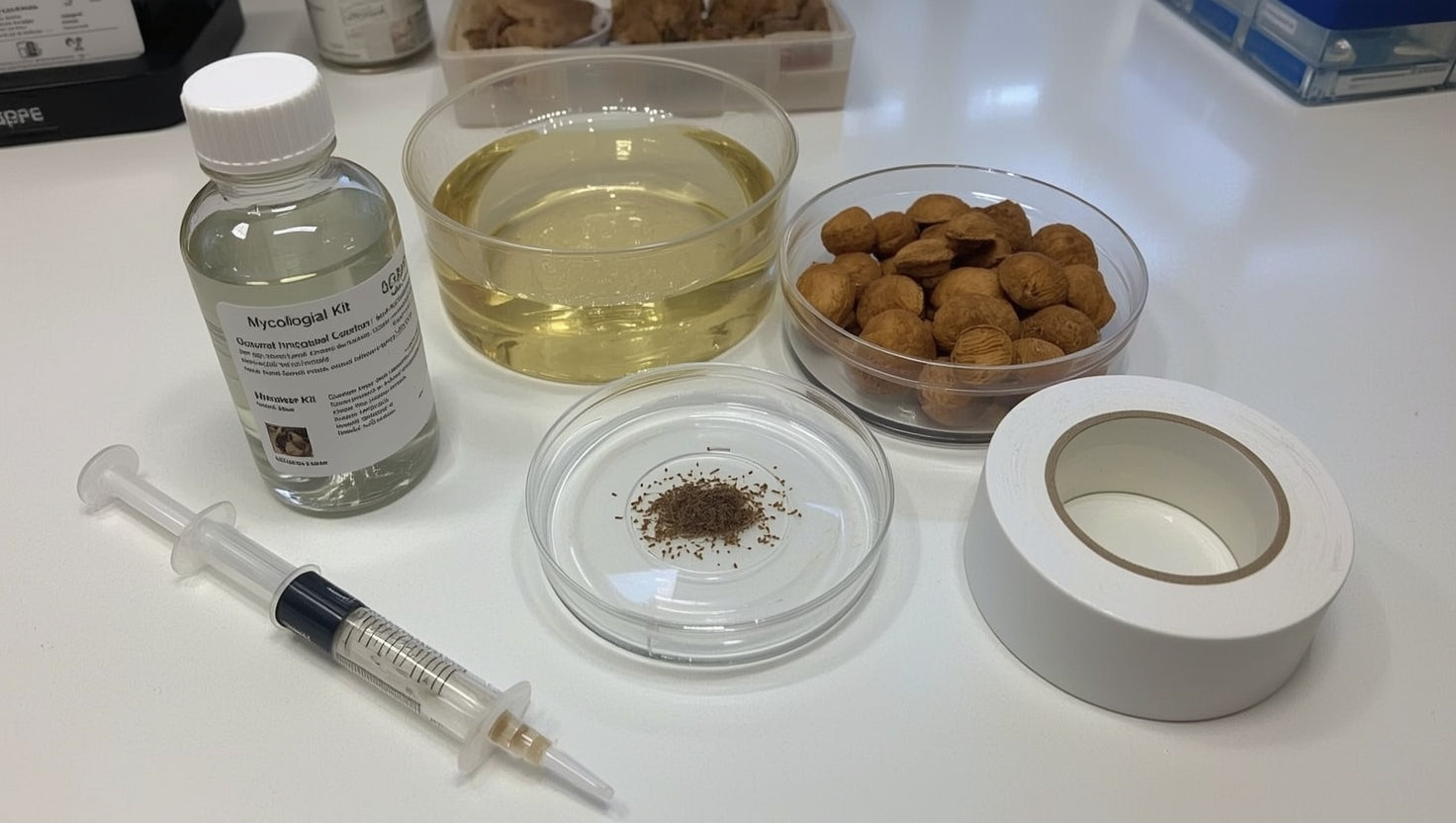
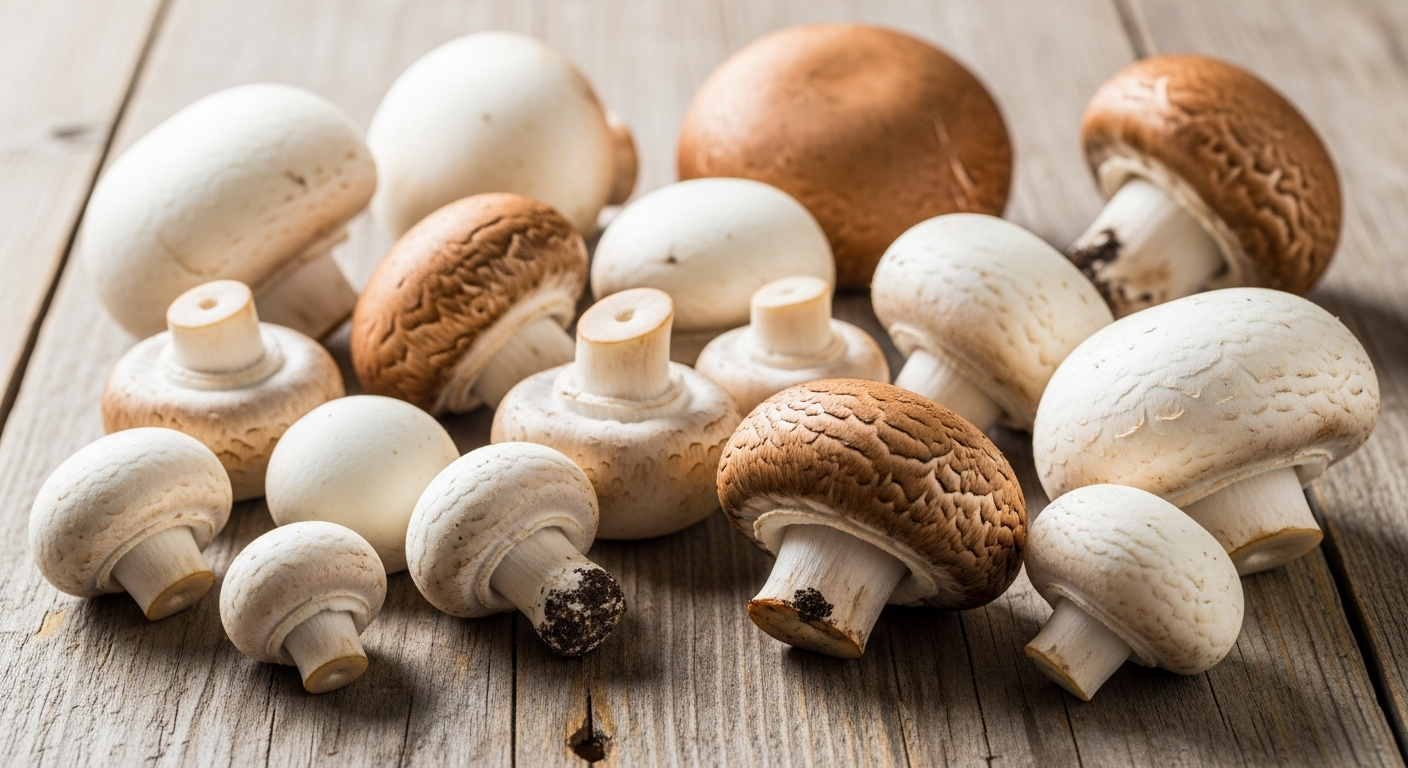
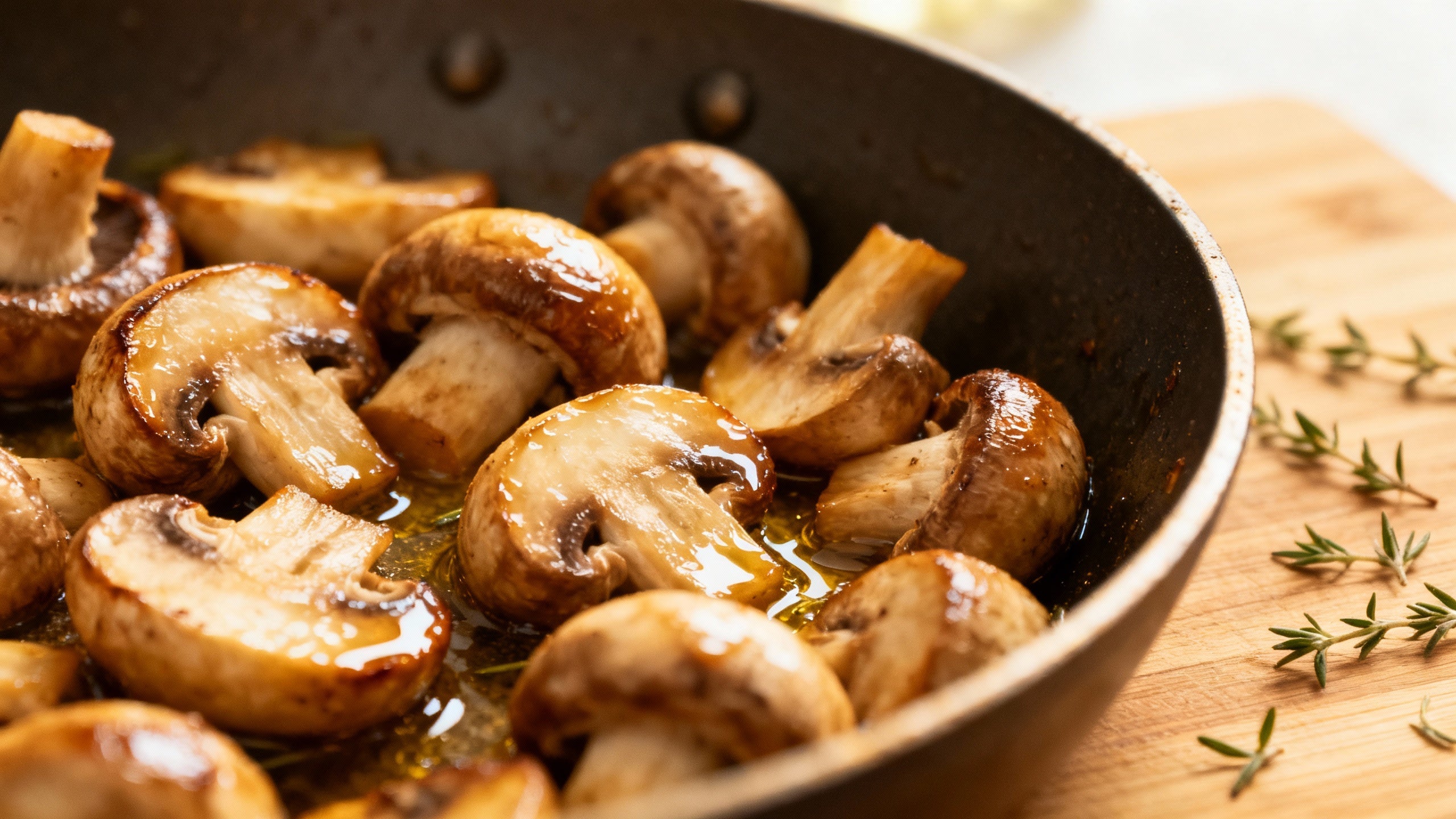
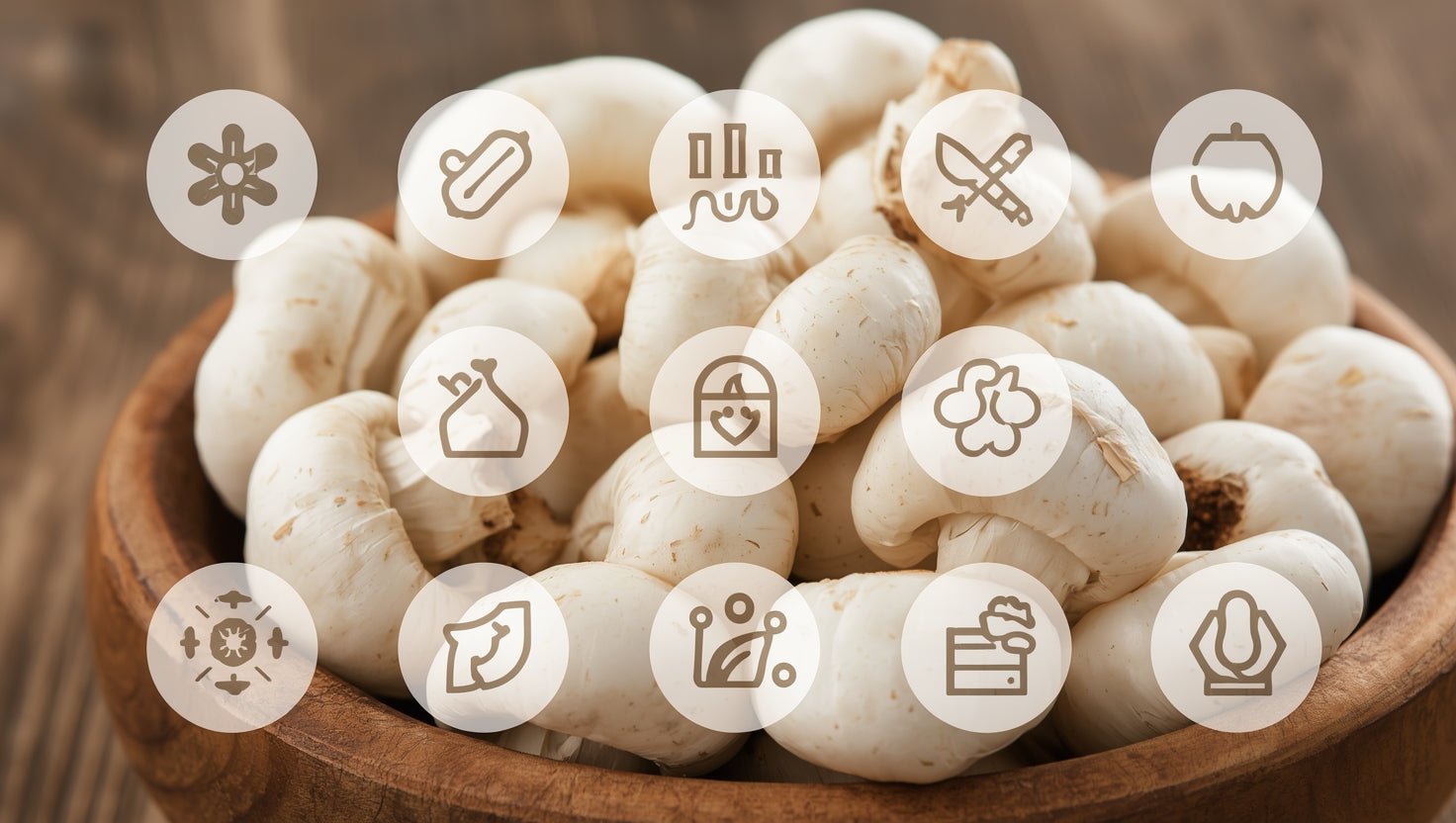
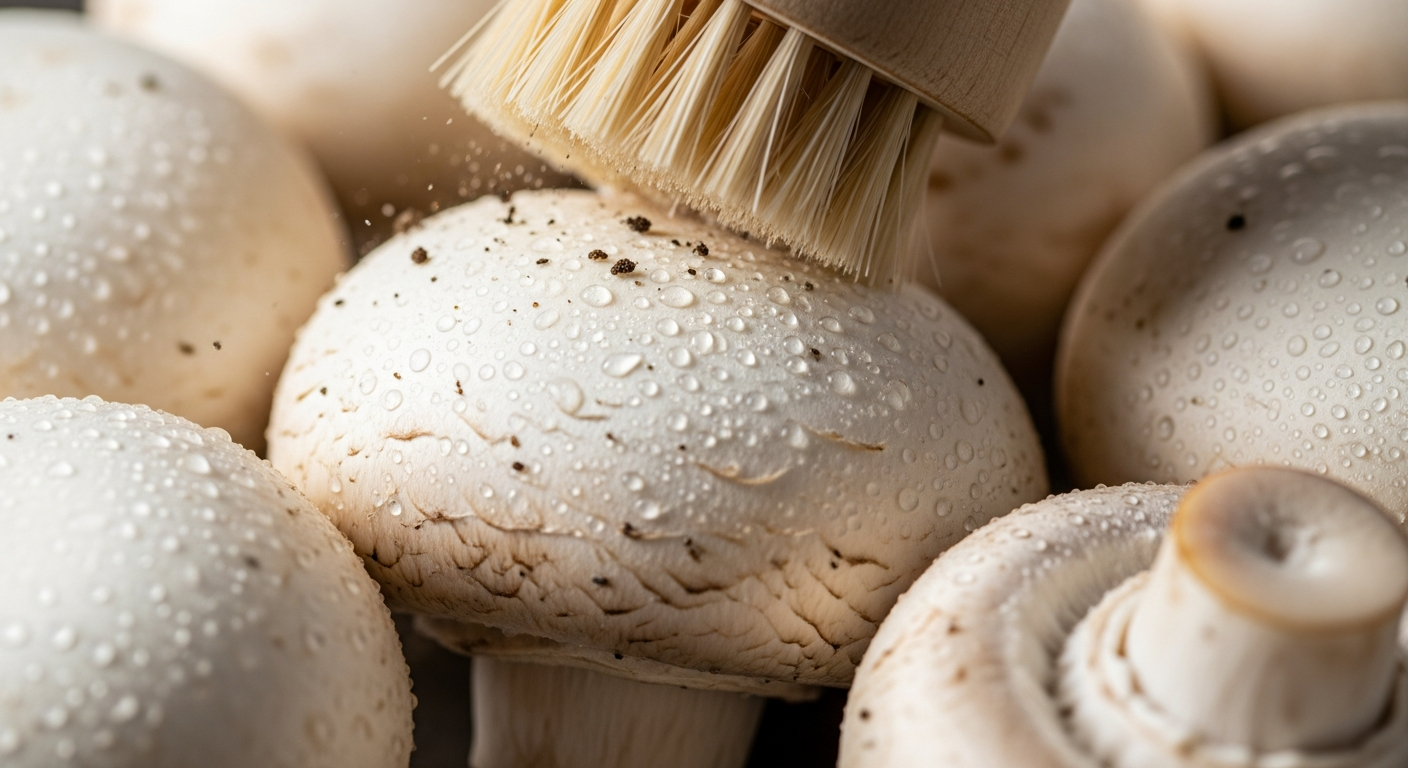
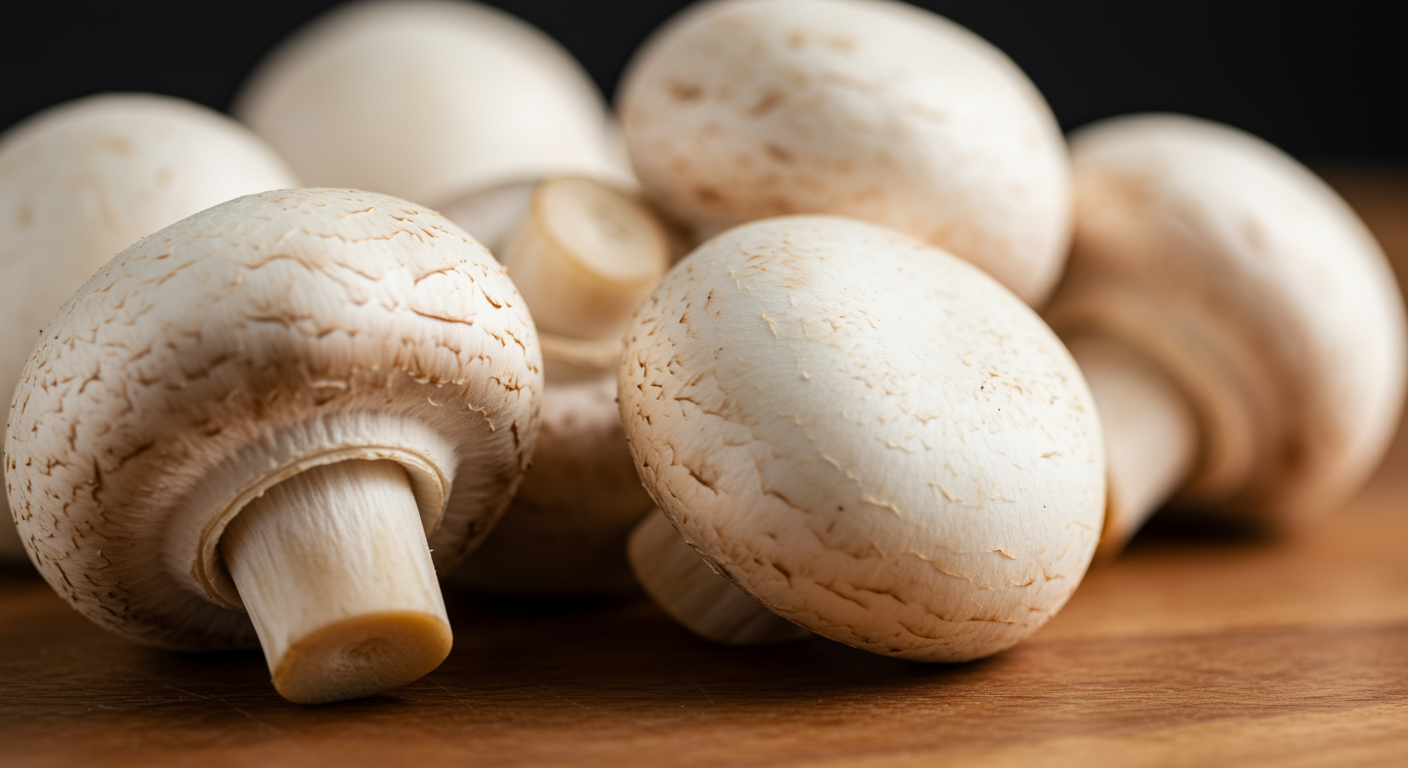
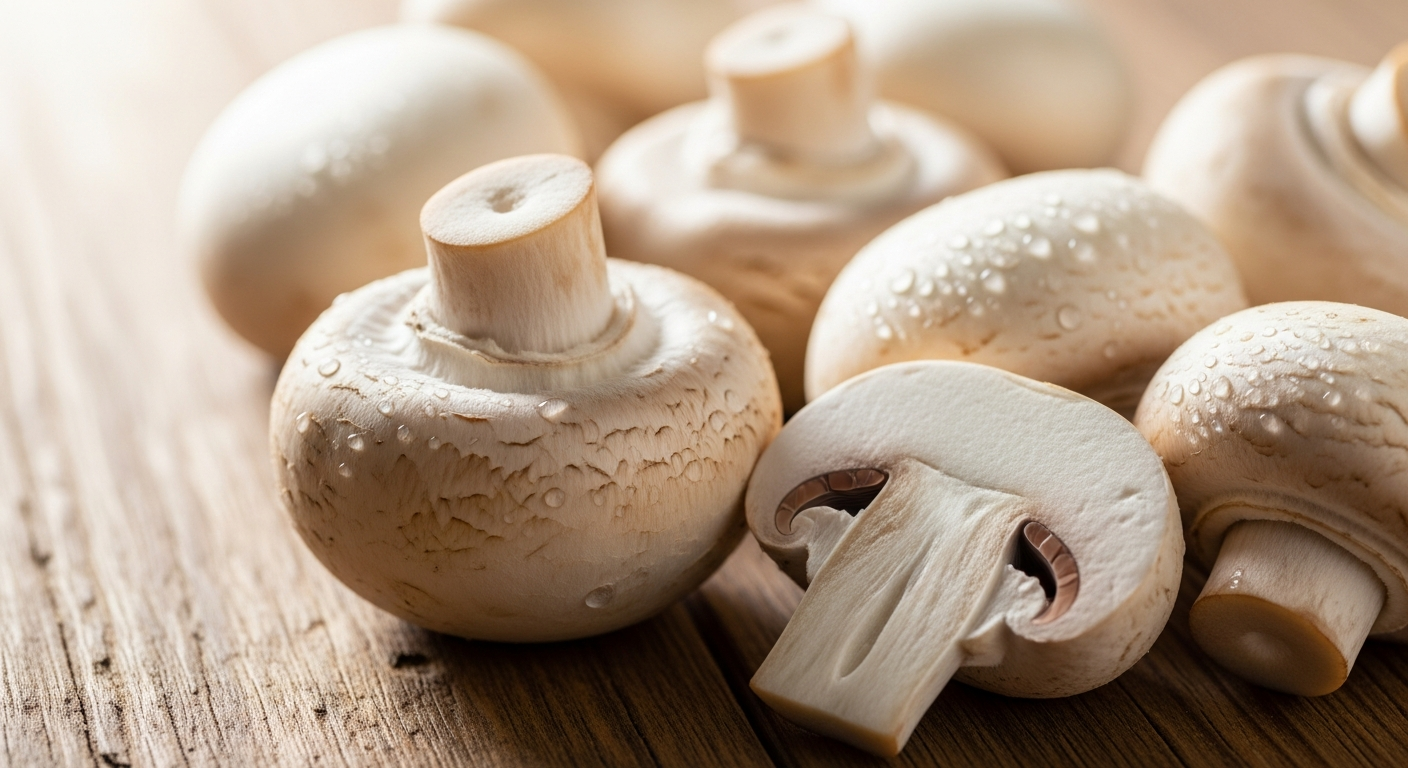
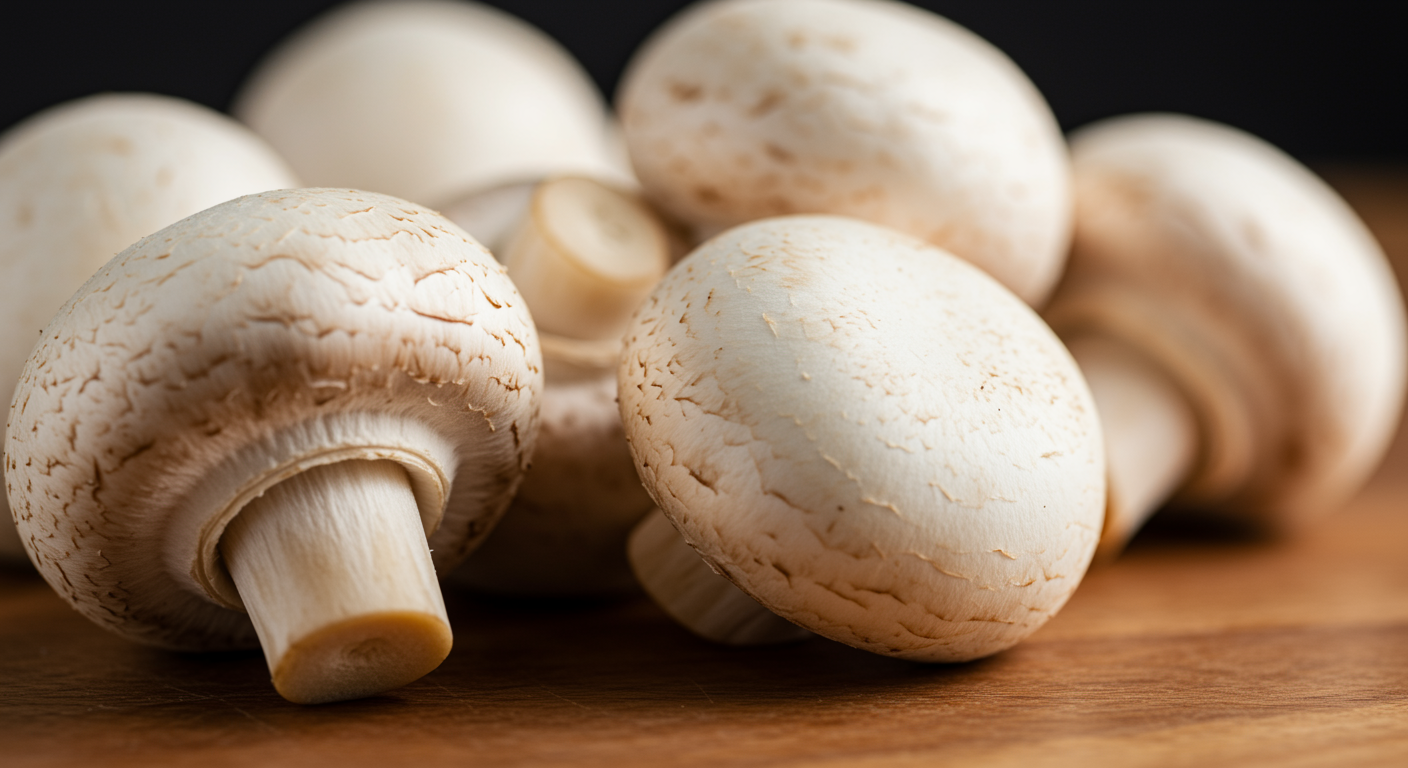
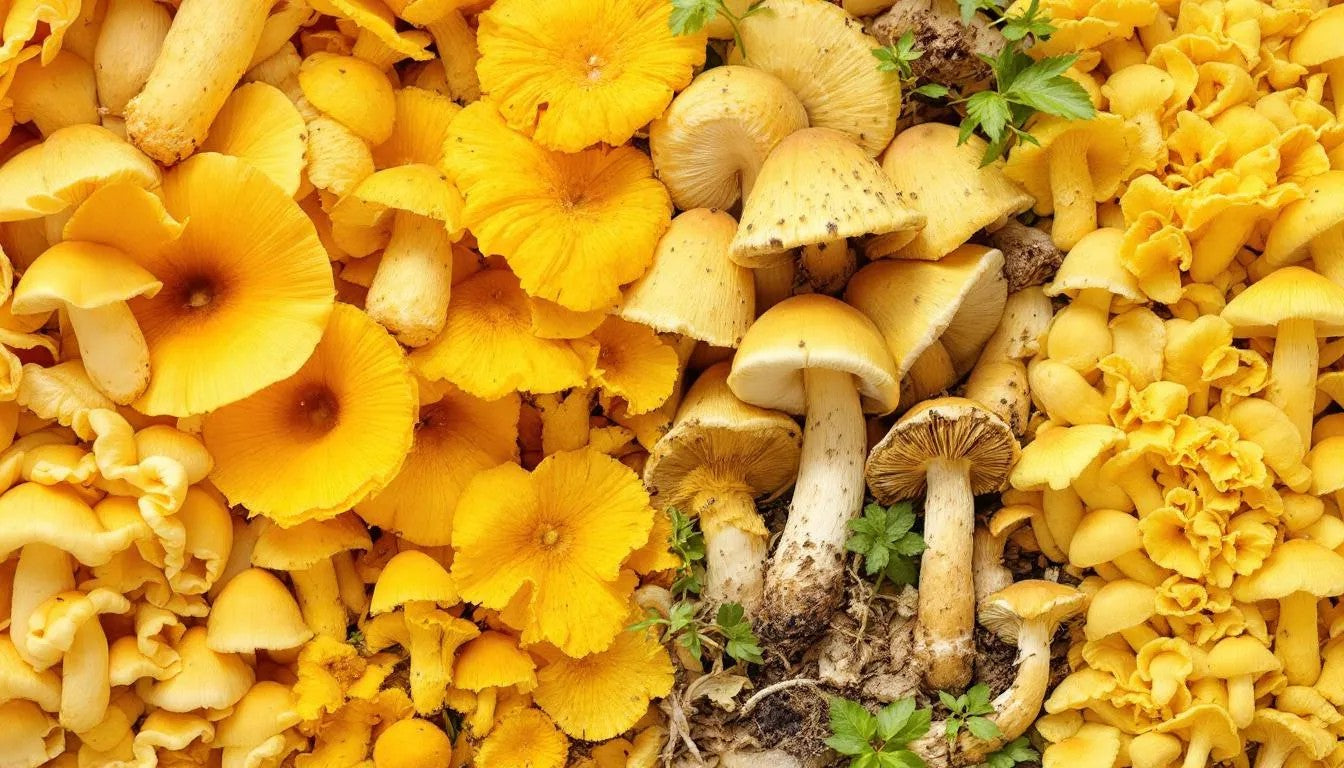

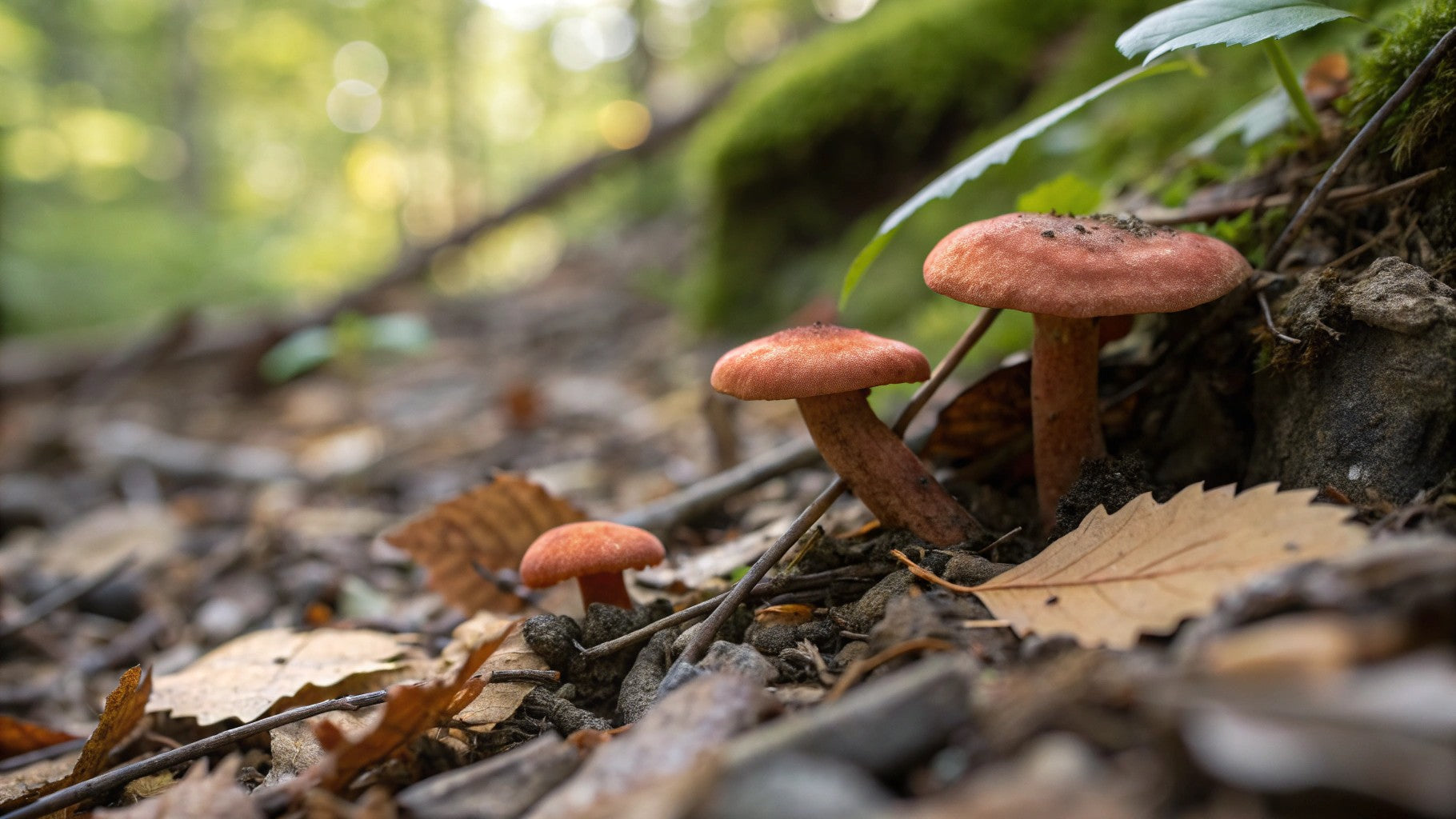
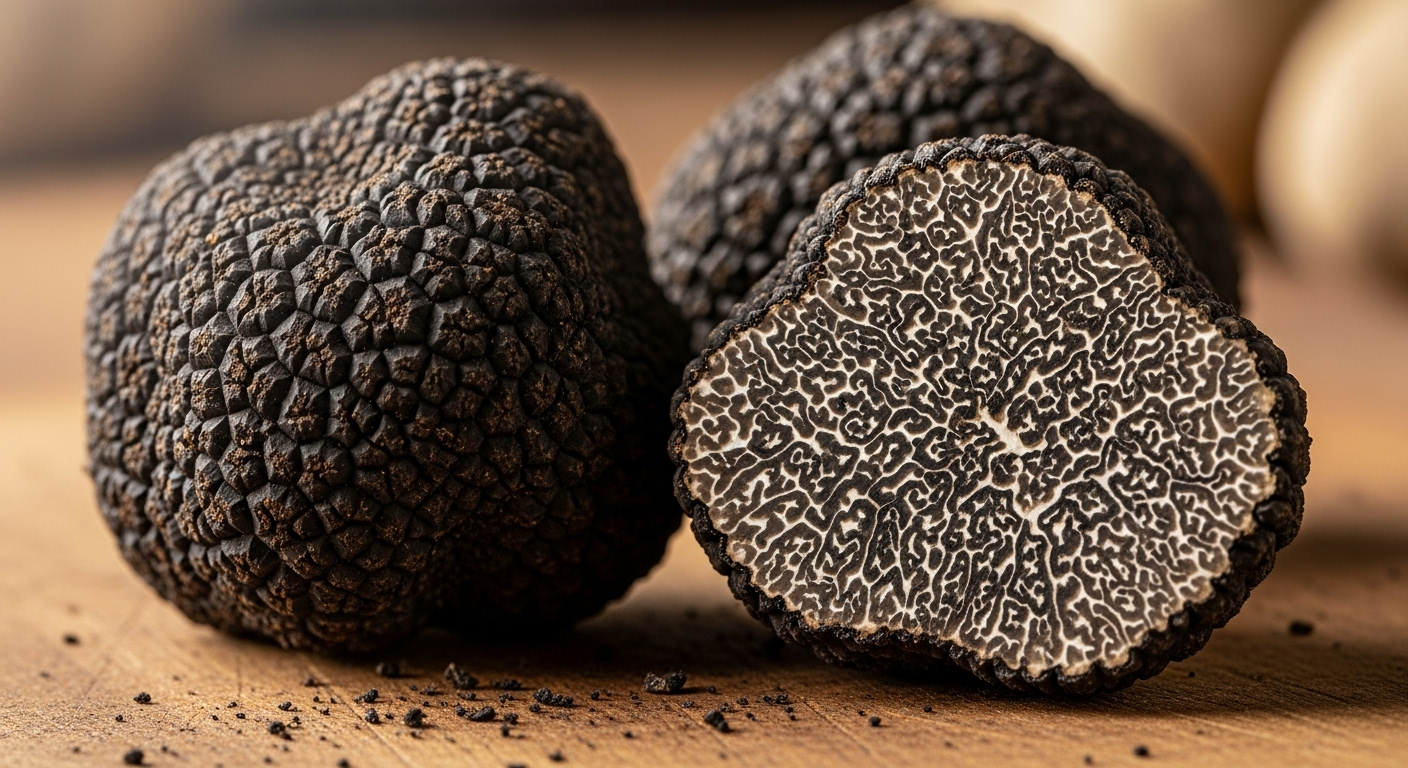
Share:
Nutritional Value of Shiitake Mushrooms: Unveiling the Health Benefits of This Superfood
Reishi Mushroom Benefits: Unlocking the Power of Nature’s Superfood